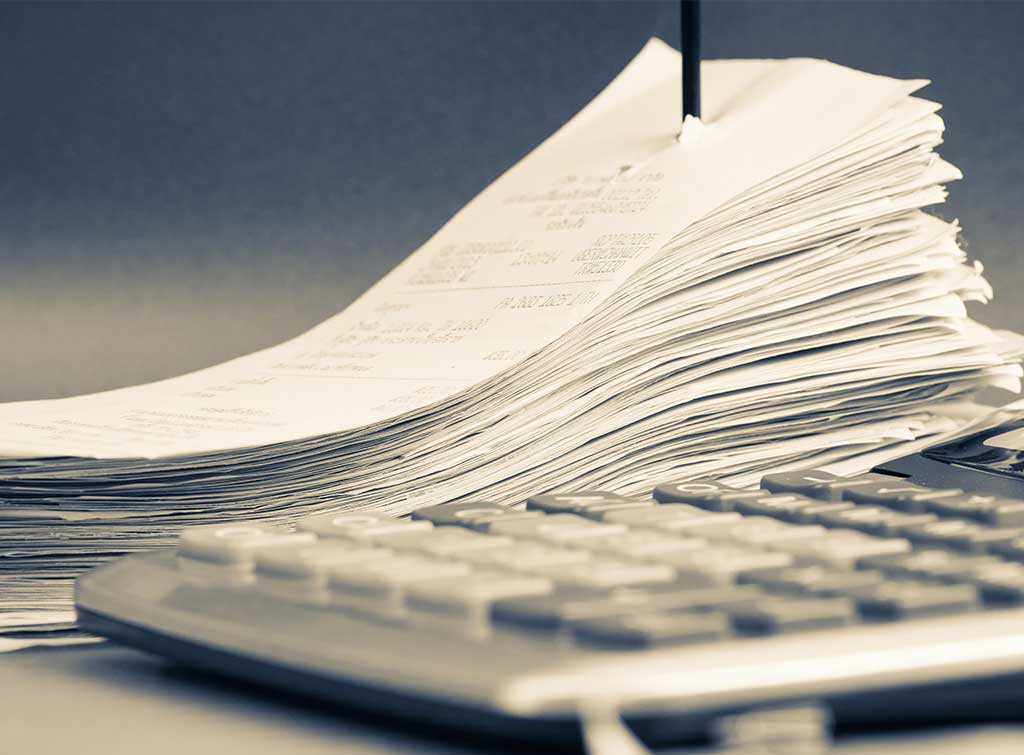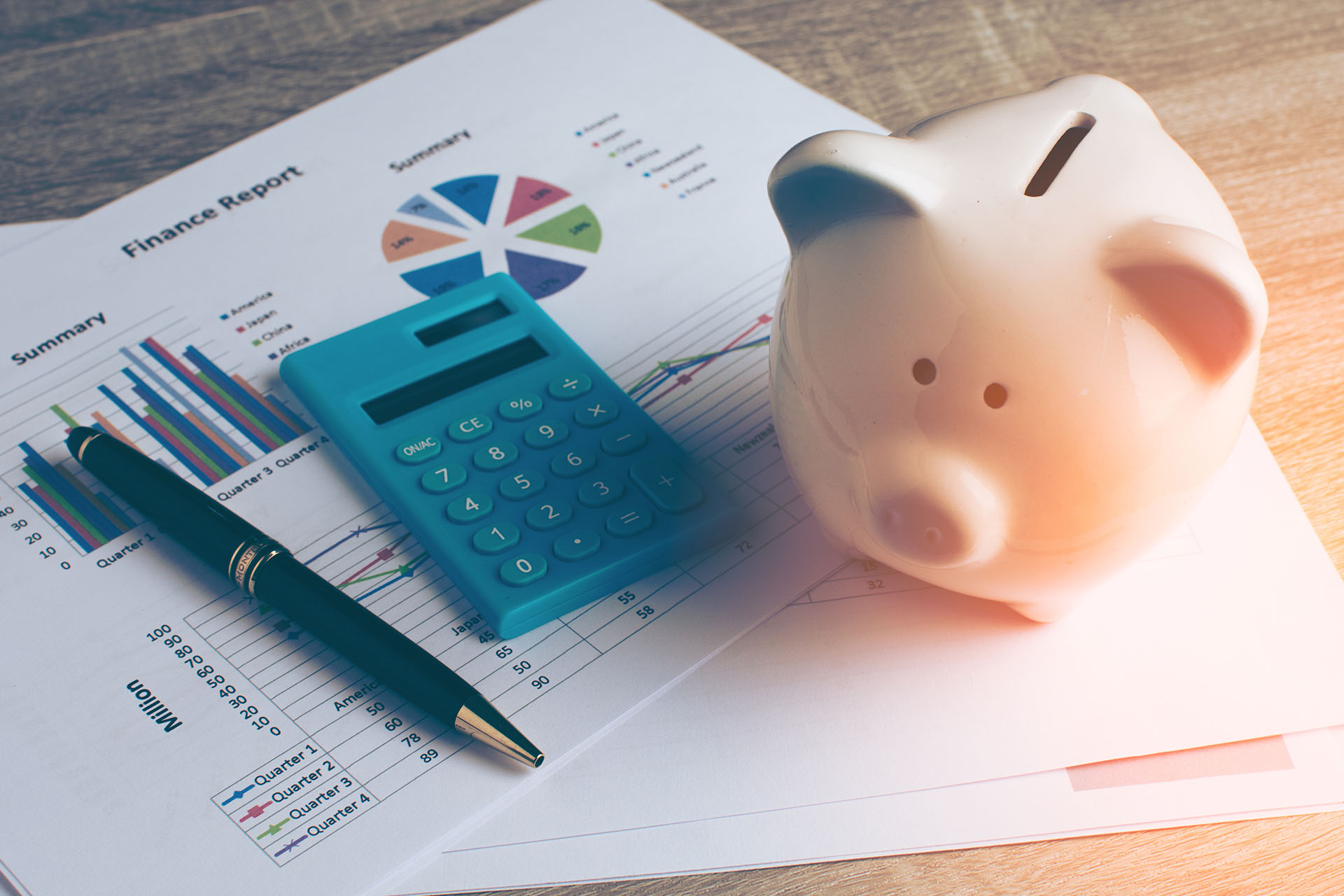Blog>Trade>Finance>Understanding the VAT reverse charge for construction services
Last updated: 3 April 2024
Understanding the VAT reverse charge for construction services
The VAT Reverse Charge is an anti-fraud measure for trade business in the construction sector. In this article, we look at what is the VAT Reverse Charge and how it works.
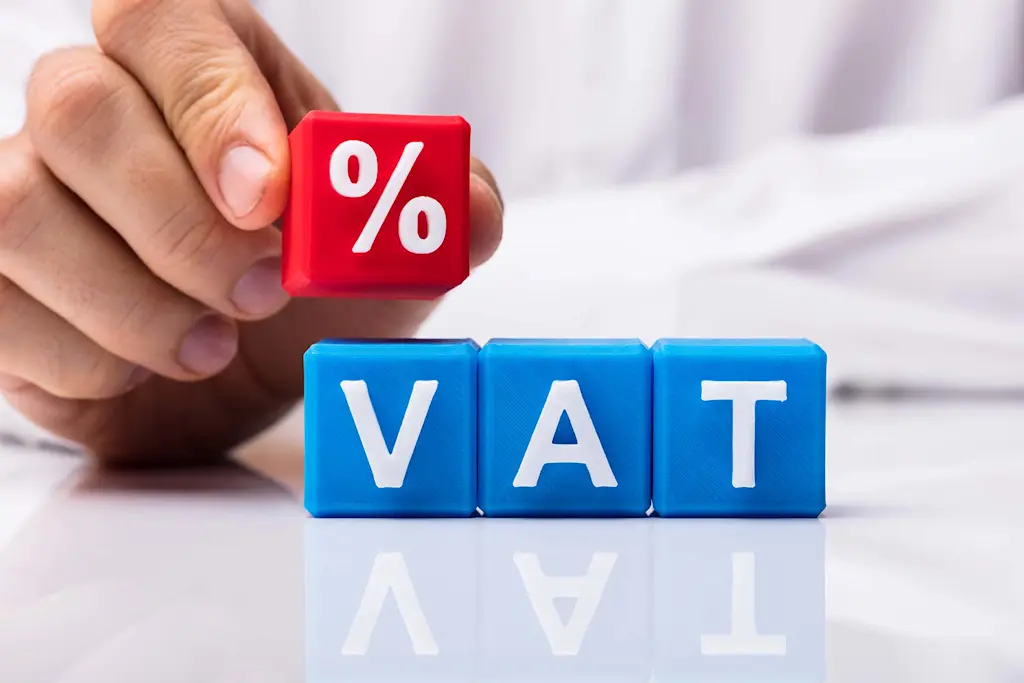
The VAT Reverse Charge is HMRC's anti-fraud measure that applies to construction companies. It's designed to stop building and construction companies from keeping VAT they collect from their customers.
This VAT calculation method came into effect on 1 March 2021.
Who does the VAT Reverse Charge apply to?
The Reverse Charge has to be used by construction companies that are:
On the Construction Industry Scheme (CIS) - as a contractor or a subcontractor
Reverse charge VAT applies to supplies of construction services where VAT is charged at:
5% or
20%
As a tradesperson working in this sector, you'll need to be aware of the different finance rules. This is especially important as a business owner. Getting to know everything about VAT means you won't fall foul of any penalties.
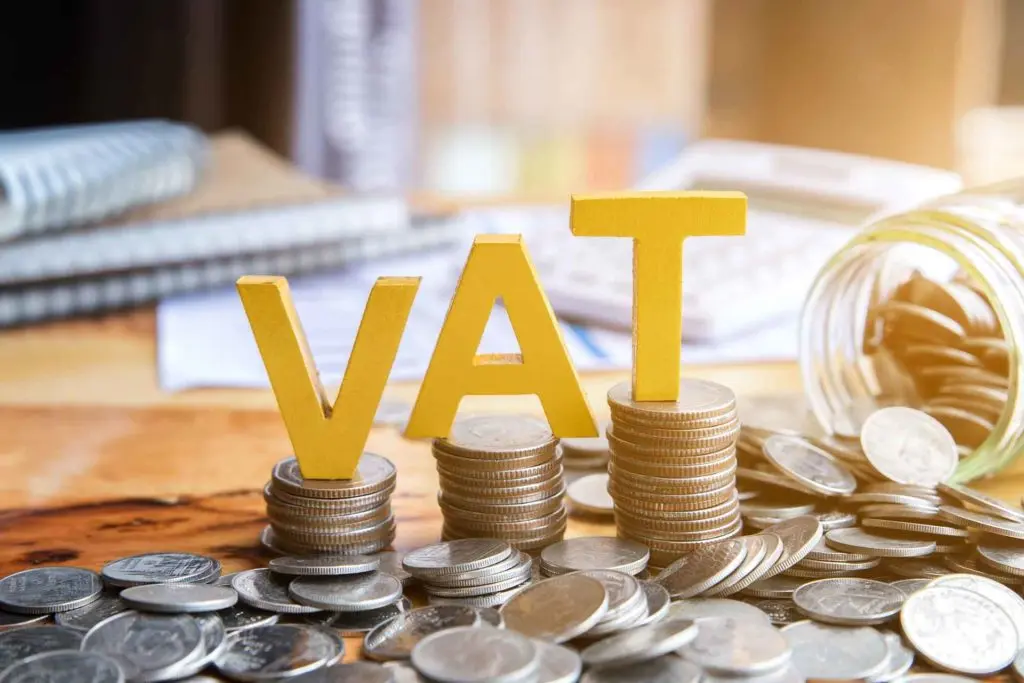
What trades might have to use the VAT Reverse Charge?
A wide range of trade businesses fall under the remit of the scheme. The typical type of work involved includes:
Alterations, repairs, extensions, demolition to buildings and infrastructure – including roadworks, railways, harbours, waterways, water mains, drainage and sewers
Installation work – including heating, lighting, air-conditioning, drainage, water supply and fire protection
Cleaning inside buildings during construction, alteration, repair and extension work
Painting and decorating inside buildings
Site clearance, earth-moving, excavation, boring, laying foundations
Putting up scaffolding
Restoring and landscaping construction sites
How does the VAT Reverse Charge work?
Here's how the VAT Reverse Charge works:
1. The customer enters the VAT amount that they would have paid to you
2. The customer adds the amount to their VAT return as an output tax due to HMRC
3. The customer then claims back the amount as an input tax on purchases on their VAT return
4. As the contractor, you claim back Domestic Reverse Charge VAT on your VAT. You do this by adding the amount as part of the entry in box 4 of your VAT return, using the normal VAT rules.
Get more work and grow your business
Checkatrade members enjoy more leads in their local area
How to account for reverse charge VAT
Here’s an example of a VAT reverse charge for construction services:
You supply a service and invoice the customer £100. The customer pays you £100.
The customer then deals with the VAT due on the £100, which is £20, on their VAT return. They add £20 to input VAT and also £20 to their output VAT. This is assuming the customer can recover all the VAT it is charged on its VAT return.
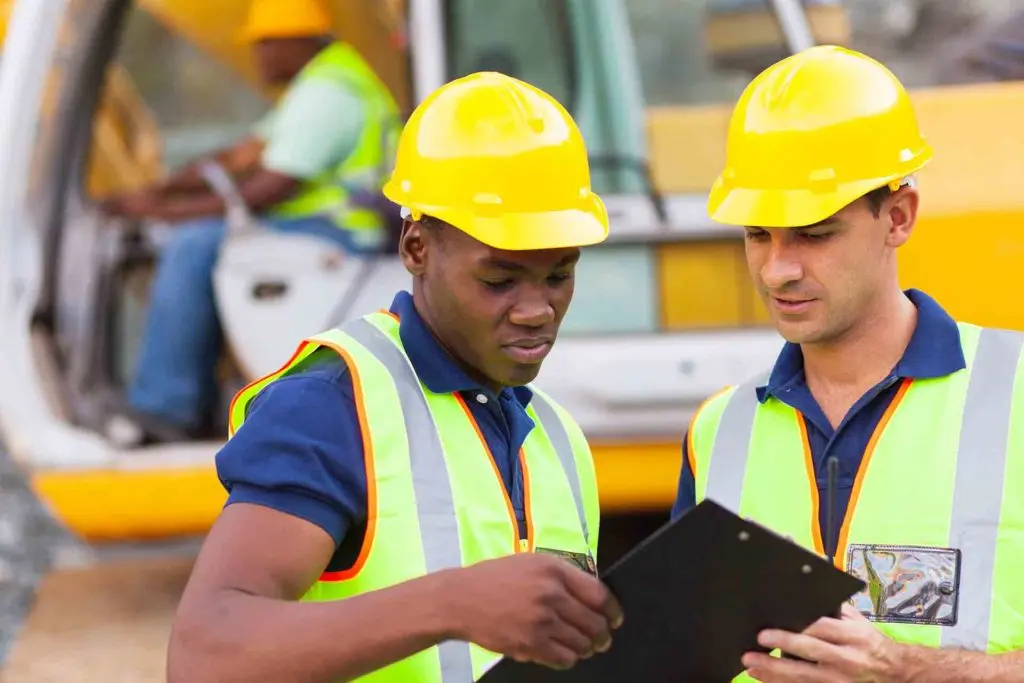
Not all services need the VAT Reverse Charge treatment
Bear in mind, though, that construction contracts can include various services. Some may be within the scope of the charge and some may be outside of it.
If the contract is for supply and fix, then the Reverse Charge applies to the full value. This applies even if labour and materials are invoiced separately.
HMRC gives the example of a joiner constructing a staircase off-site (not subject to the VAT Reverse Charge). They will then install it, which is within the Reverse Charge.
Also, if the reverse charge supply is less than 5% of the total supply, then HMRC says you don't have to apply the rule. You can account for the VAT in the normal way.
What do contractors need to do?
As a supplier of services that fall under the VAT Revere Charge scheme, you'll need to carry out several important actions:
Check your customer is VAT-registered and their VAT number is valid
Check your customer is CIS-registered
Review your jobs and contracts to make sure the VAT Reverse Charge applies
Set up any necessary changes to your accounting and bookkeeping records to record VAT Reverse Charge transactions
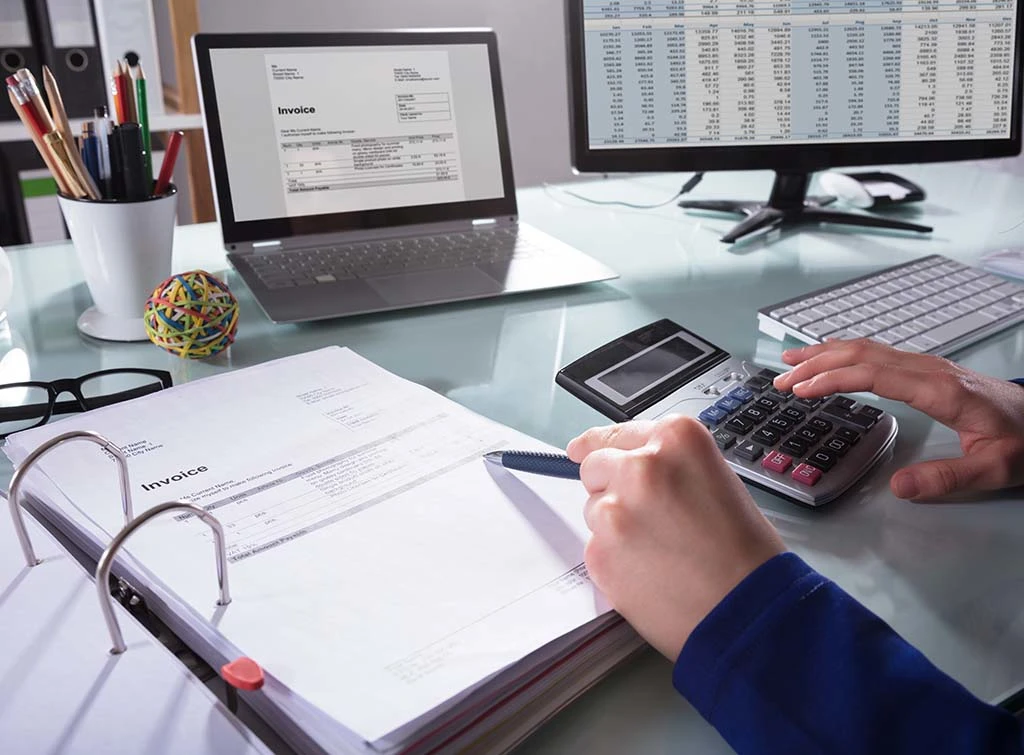
VAT Reverse Charge invoice example
You’ll need to make sure your invoices show the correct information. This is so customers know they need to account for the VAT.
For example, you could include on your invoice a reference to the specific legislation. The following wording could be used:
Reverse charge under s55A VATA 1994
Reverse charge: customer to pay the VAT to HMRC
Other things to check with your invoices include:
Don't include a VAT charge to your customer on your invoice
Cash flow challenges with VAT Reverse Charge
You need to be aware that applying the charge might impact your cash flow. So, you might find yourself in a regular VAT repayment position.
Simple tips for how to manage cash flow
Understanding cash flow management Whether you’re an experienced business owner or just starting out, you can't ignore cash flow management. A small trade business needs to manage cash flow because every penny counts. Larger national and regional businesses face bigger movements of cash. That can
You may find it easier to switch from the usual quarterly VAT returns to monthly VAT returns. This could help you manage your cash flow better.
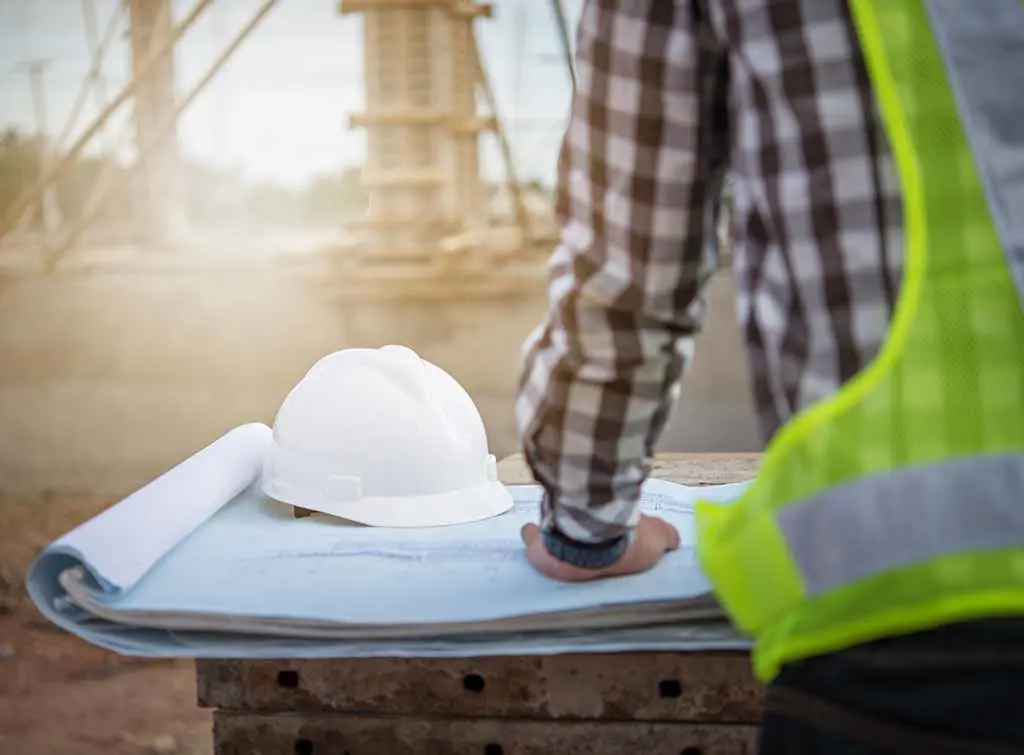
FAQs
How does VAT Reverse Charge work?
If your trade business is in the construction sector and you need to apply the Reverse Charge, then you don’t add VAT to invoices you issue to customers. Instead, the customer accounts for the VAT on your services on their VAT return.
When did Reverse Charge VAT start?
The new charges came into effect on 1 March 2021.
When does Reverse Charge VAT apply?
It applies to most - but not all - types of supply of building and construction services. it can't necessarily be used for all of your customers. We always recommend you speak with your accountant on VAT matters.
Ready to take your business to the next level?
We can help you get there
DISCLAIMER
This is information – not financial advice or recommendation. The content and materials featured or linked to on this blog are for your information and education only and are not intended to address your particular personal requirements. The information does not constitute financial advice or recommendation and should not be considered as such. Checkatrade website is not regulated by the Financial Conduct Authority (FCA), its authors are not financial advisors, and it is therefore not authorised to offer financial advice.
Always do your own research and seek independent financial advice when required. Any arrangement made between you and any third party named or linked to from the site is at your sole risk and responsibility. Checkatrade blog and its associated writers assume no liability for your actions.

